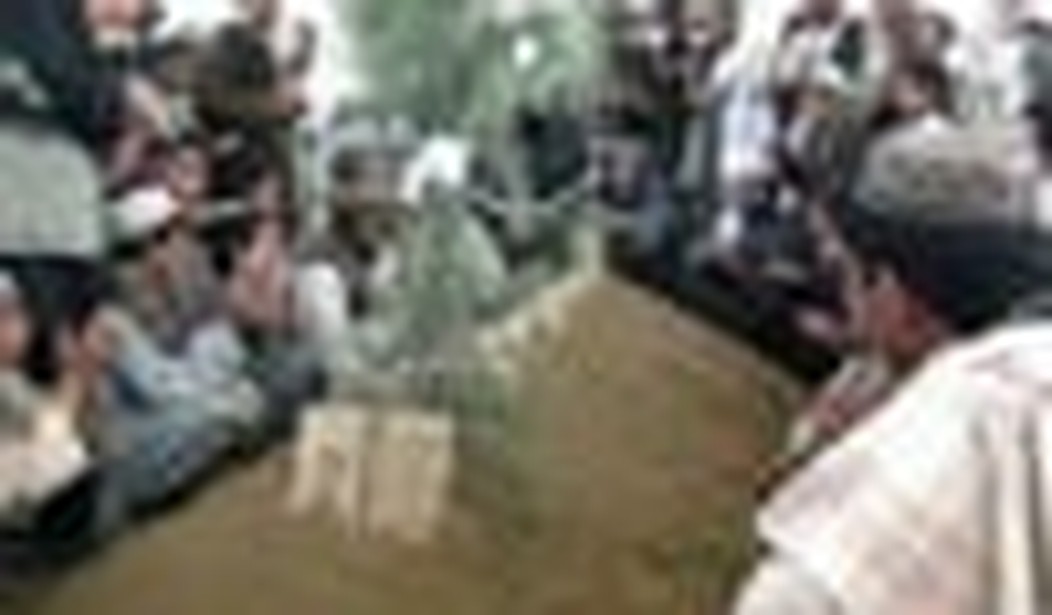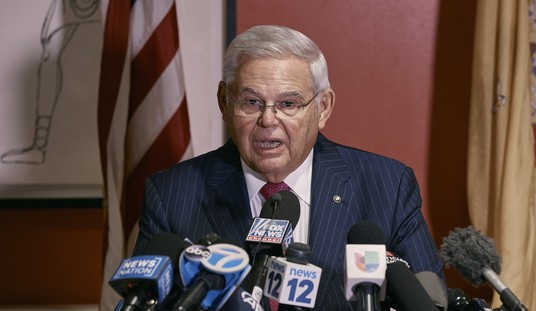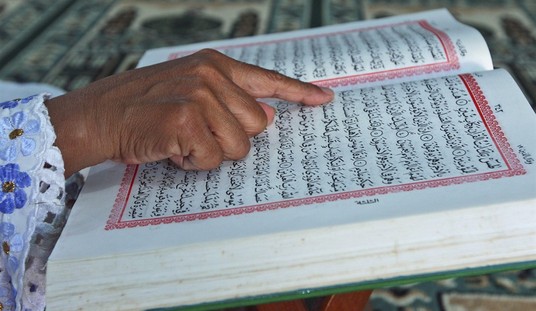Within a week, two top advisors to Afghan President Hamid Karzai have been killed. The murders of Jan Muhammad Khan, a former provincial governor, and Ahmed Wali Karzai, the president’s own half-brother, underline the fact that the war in Afghanistan is far from over. The United States is far from victory — and the Taliban, and other radical forces, are far from becoming moderates ready for a diplomatic deal.
Ahmed Karzai’s death is an especially devastating blow to the government. He had been accused of corruption, and wasn’t on the best of terms with the U.S. military, but Ahmed Karzai’s connections and ruthlessness made him a critical force in southern Afghanistan. He was the kind of man upon whom any stable regime would depend following a withdrawal of foreign troops.
The battle for control of the area around Kandahar is a microcosm of the sheer chaos in military and political life in Afghanistan. Many different groups struggle for supremacy — the Taliban, the local Alokozai or Durrani tribe, the government, its coalition allies, and Ahmed Karzai’s faction.
The Alokozai is a powerful Pashtun tribe that controls much of the country around Kandahar. It ejected the Taliban from the city in 2001. Karzai had a lot of influence with them, putting in his candidate as the new tribal leader in 2007 against the wishes of many tribal elders.
But the cost was a degeneration of ties between the tribe and the government. Many leaders of the tribe have been assassinated; the Alokozai blame Ahmed Karzai’s militia. Alokozai elders are reported to have turned to the Taliban for protection. Perhaps this has something to do with Karzai’s assassination. Certainly, it shows how little power the central government possesses — undermining the claims of American officials.
Control of Kandahar is said to be the Taliban’s top priority. Its fighters have been making progress against government forces, currently backed by a Canadian military presence. Some have warned that NATO has left Kandahar too thin.
This setback comes at a time of considerable conflict over the conduct of the war. The U.S. government has complained about Pakistan’s refusal to launch an offensive against the Islamists as well as the controversy around Osama bin Ladin’s hiding out in the middle of a Pakistani town with a strong army presence a short walk away.
Bitter recriminations between the two countries followed. The Obama administration announced that it was suspending $800 million of military aid to the country. Next came the murder of Saleem Shahzad, the Pakistani journalist whose work was revealing the intimate relationship between the Taliban and Pakistani military.
This crisis came at a very bad time for Pakistan, whose economy is spiraling downwards. Electricity shortages are shutting down industries; rising food and fuel prices are causing protests on the streets. Karachi, the country’s economic center, is often shut down by ethnic gang violence. In the current bout of bloodshed, killings claimed over 100 lives.
As the U.S. government pulls troops and claims success, the security situation is worsening — despite the almost decade-long NATO military presence. The Taliban is on the offensive, even as it is being engaged in negotiations by the U.S. government. One security disaster follows another as trusted Afghan soldiers kill CIA or other advisors and the April 26 mass prison break in Kandahar was among the many humiliations suffered by the regime.
Kandahar may be the place where the cracks form that swallow America’s Afghan mission.









Join the conversation as a VIP Member